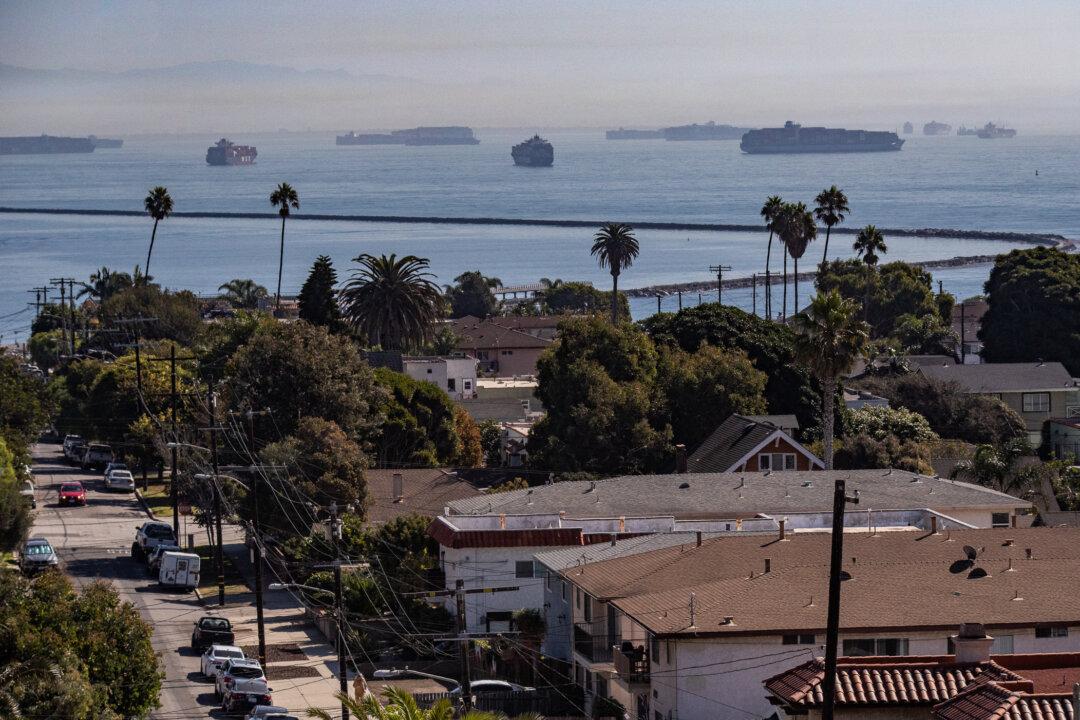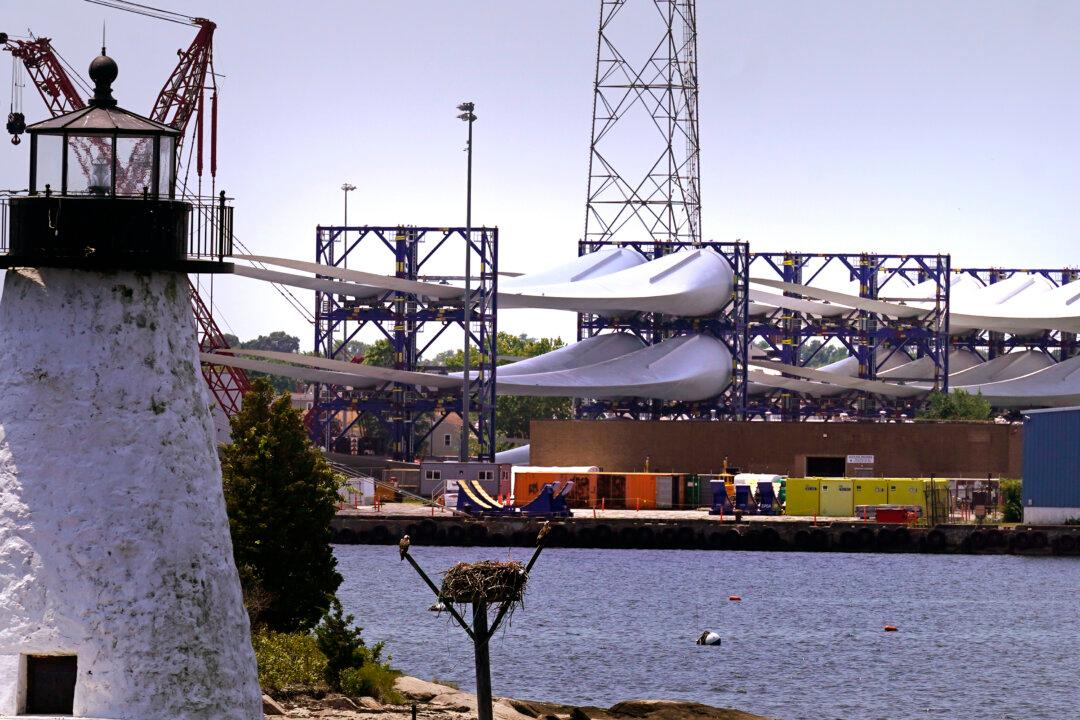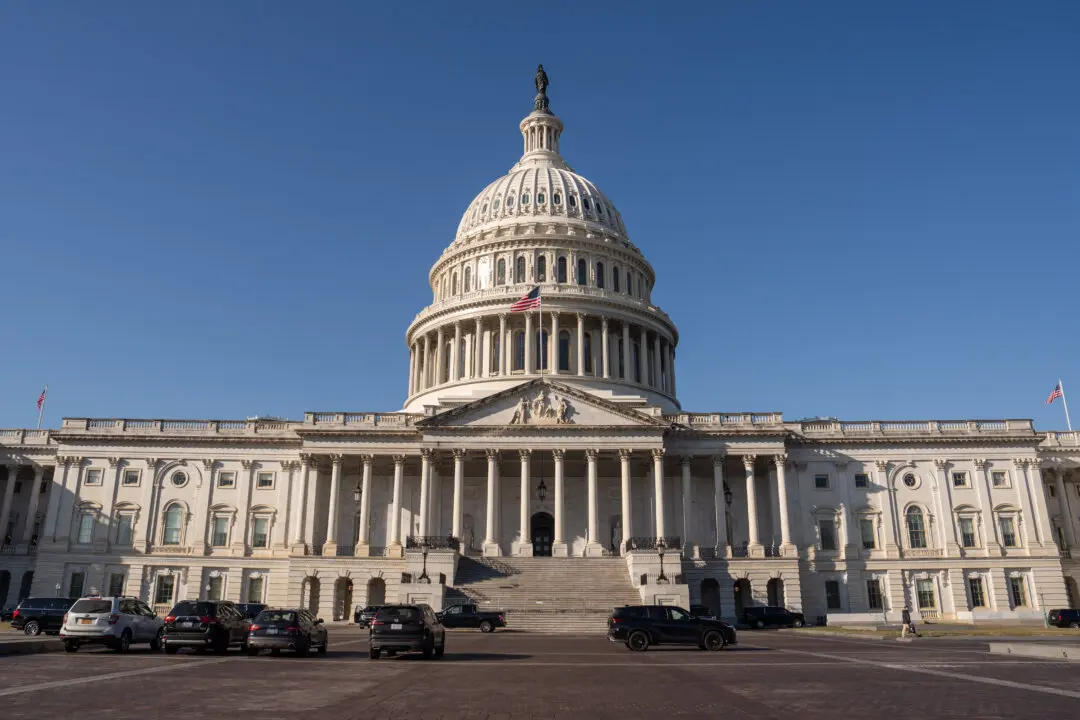President Joe Biden, in an executive order this February, directed $20 billion in allocations from the 2021 Bipartisan Infrastructure Bill (BIL) into a five-year grant program dedicated to modernizing America’s 361 commercial ports.
The money is welcome but not nearly enough to overcome decades of neglect in comprehensive federal port investment and a half-century absence—some say abdication—by successive administrations and Congresses in sustaining a cohesive national maritime policy, a growing chorus of critics contend.





